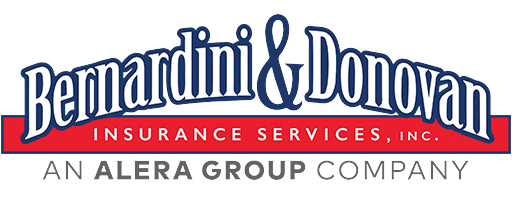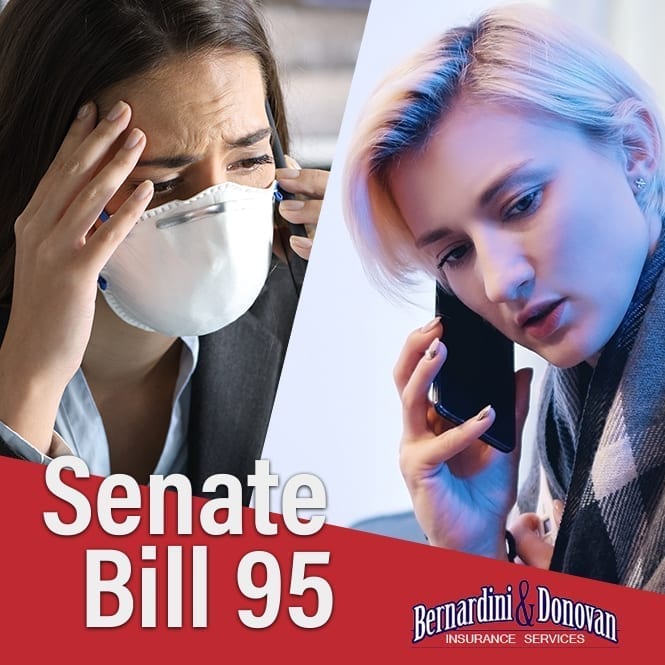COVID-19 Supplemental Sick Leave
 California Employers Must Provide 80 Hours of Paid COVID-19 Supplemental Sick Leave
California Employers Must Provide 80 Hours of Paid COVID-19 Supplemental Sick Leave
The law places new paid leave requirements on most California employers, and it requires their immediate attention. In this first part of this two-part blog, we’ll be addressing the following points for SB 95:
- The past bill: Assembly Bill 1867 was enacted in California to provide supplemental paid sick leave to employees
- The new bill: SB 95 provides supplemental sick leave hours (and other requirements)
Gov. Newsom explained the reason for the new law: “Paid sick leave gives workers the time they need to care for themselves and loved ones while keeping their co-workers, families, and community safe.”
The law takes effect immediately but includes a 10-day grace period for employers to start providing sick leave. Employers must begin providing the leave on March 29, 2021.
The new law applied retroactively to Jan. 1, 2021, and will remain in effect until Sept. 30, 2021. It’s enforced by the California Labor Commissioner.
Prior Supplemental Sick Leave Laws Applicable to California Employers
Last year, Assembly Bill 1867 was enacted in California to provide supplemental paid sick leave to employees at businesses with 500 or more workers. It was intended to fill the gaps for employees not covered by the federal Families First Coronavirus Response Act (FFCRA), which applied to all employers with a workforce up to 500 employees.
AB 1867 and the FFCRA expired on Dec. 31, 2020. Note: SB 95 does not extend either piece of legislation, but creates an entirely new mandate with a new required “bank” of available paid sick leave. So even if California employers paid out supplemental paid sick leave in 2020, they must create new leave banks for eligible employees in 2021.
-
Covered Employers — The new law applies to all California employers with more than 25 employees.
-
Eligible Employees — Employees who are not able to work or telework for any of the reasons detailed in the legislation qualify for the paid leave. No length of service is required to be eligible for leave. Employees may request the leave orally or in writing.
-
Qualifying for Leave — The first two qualifying reasons for leave (below) were included in the original California and FFCRA paid sick leave laws. SB 95 adds five more. Qualifying reasons for SB 95 leave are:
-
The employee is subject to a quarantine or isolation period related to COVID-19 as defined by an order or guideline of the state Department of Public Health, the federal Centers for Disease Control and Prevention (CDC), or a local health officer with jurisdiction over the workplace.
-
The employee has been advised by a health-care provider to self-quarantine due to concerns related to COVID-19.
-
The employee is attending an appointment to receive a vaccine for protection against COVID-19.
-
The employee is experiencing symptoms related to a COVID-19 vaccine that prevents him or her from being able to work or telework.
-
The employee is experiencing symptoms related to COVID-19 and is seeking medical diagnosis.
- The employee is caring for a family member who is subject to a quarantine for isolation order or has been advised to self-quarantine.
- The employee is caring for a child whose school or place of care is closed or otherwise unavailable for reasons related to COVID-19.
-
Employees Are Eligible for Up to 80 Hours of Leave for Full-Time Employees
Full-time is defined as an employee classified as full-time by the employer, or who was scheduled to work, on average, 40 hours or more per week in the two weeks preceding the date on which leave is taken.
Full-time employees are entitled to 80 hours of COVID-19 supplemental paid sick leave. If an employee is not considered full time, his or her schedule and length of employment will determine the amount of leave entitlement as follows:
-
An employee with a regular schedule is entitled to the total number of hours he or she normally is scheduled to work for the employer over two weeks.
-
An employee with a variable schedule is entitled to 14 times the average number of hours he or she worked each day for the employer in the six months preceding the leave.
-
An employee with a variable schedule who has worked for the employer for 14 days or fewer is entitled to the total number of hours he or she has worked for the employer.
-
Nonexempt employees’ pay is calculated as the highest of:
-
the employee’s regular rate of pay for the work week in which he or she uses the leave;
-
a formula dividing the covered employee’s total wages not including overtime by his or her total hours worked in the full pay period of the previous 90 days of employment;
-
the state minimum wage;
-
the local minimum wage to which the employee is entitled.
-
Exempt employees should be paid at the rate the employer calculates wages for other forms of paid leave time.
Currently, the amount paid for supplemental paid sick leave is capped at $511 per day, and an aggregate $5,110.
Employees who reach the maximum supplemental leave payout may use other available paid leave including vacation, paid time off (PTO), or other sick leave to supplement their salary so that they earn up to 100% of their regular salary.
Stay tuned for part II of this blog, where we continue this discussion and address other aspects of SB 95.



